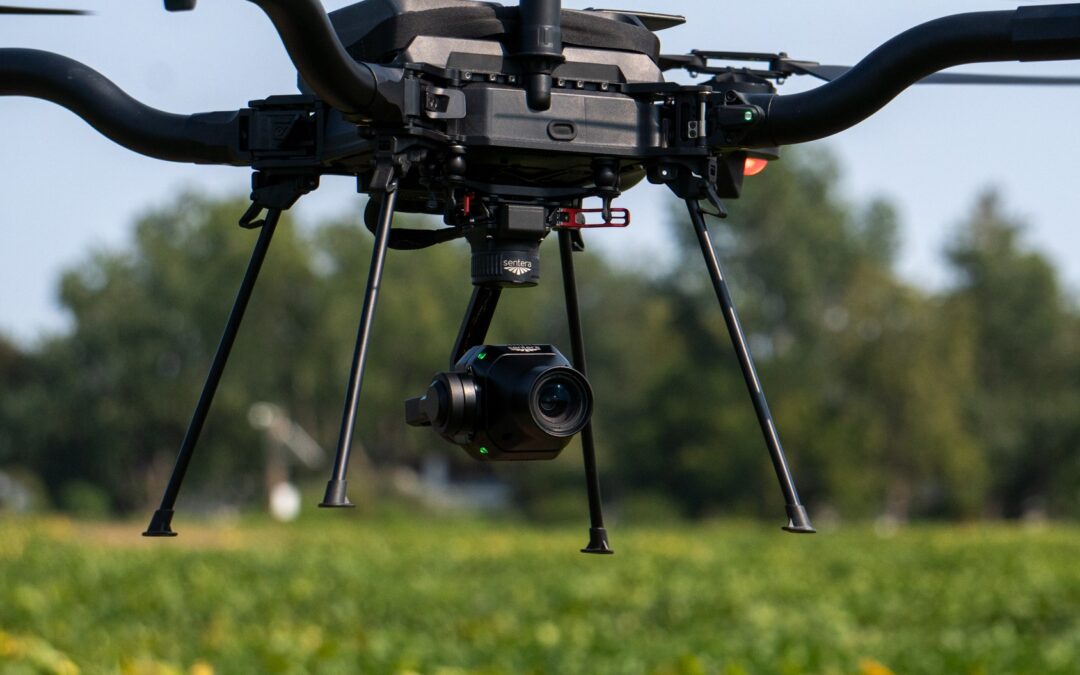The integration of drone technology and advanced sensors has revolutionized modern agriculture. From monitoring crop health to optimizing field operations, drones equipped with high-resolution sensors like the Sentera 65R are transforming how farmers approach their work. At North Dakota State University (NDSU), researchers used this cutting-edge technology to develop a smarter approach to tillage in sugar beet fields.
Smarter Tillage Starts with Smarter Mapping
For crops like sugar beets, precision is key. With weeds increasingly showing resistance to herbicides, targeted tillage has become an essential part of weed management strategies. To create prescriptive tillage maps, NDSU researchers turned to the Sentera 65R sensor. Its ability to capture high-resolution imagery at a GSD of 7mm allowed the team to map weeds and differentiate them from sugar beet plants with unparalleled accuracy.
The Benefits of Targeted Tillage
Traditional tillage methods often involve working the entire field, which can be resource-intensive and damaging to the soil. Using data collected from the 65R sensor, the research team developed a prescriptive tillage map that reduced the tilled area to just 10% of the field. This precision-driven approach saved fuel, reduced operational time, and preserved soil health by minimizing erosion and moisture loss.
Why the Sentera 65R?
Unlike other sensors that may require complex processing or higher costs, the Sentera 65R offers a balance of simplicity and performance. Its high-resolution RGB imagery enables researchers and farmers to achieve actionable results without the need for expensive alternatives like LiDAR. With this technology, smarter tillage is not just possible—it’s accessible.
Conclusion
The combination of drones and advanced sensors is paving the way for more efficient and sustainable farming practices. As demonstrated by the NDSU study, the Sentera 65R sensor is a powerful tool for transforming field operations, enabling smarter tillage, and unlocking new possibilities for precision agriculture.
Want to learn more? Click the button below to download the full NDSU case study.

